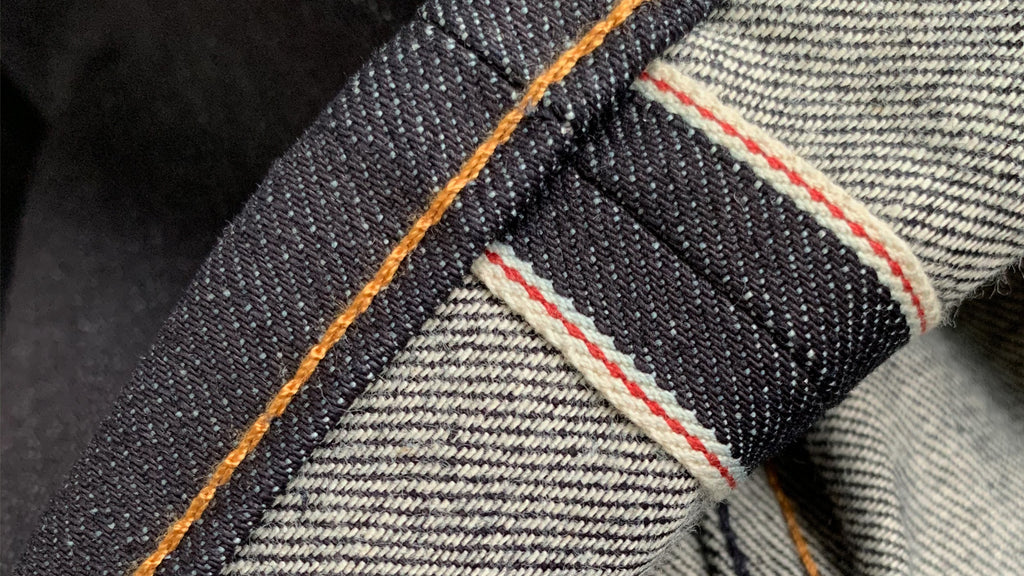Chain Stitching
You’ve probably never taken too much notice of the stitching on your jeans, but talk to anyone vaguely interested in denim and they’ll be able to tell you all about a chain-stitch. 

Most jeans today won’t have chain-stitched hems, they'll have a lock or single stitch which, although sturdier is a lot cheaper to produce. However, the chain stitch was once an American industry standard thanks to a machine, largely regarded as the holy grail of chain-stitching - the Union Special 43200G.
During the 1960s, whilst most garment manufacturers were busy modernising to lock stitching machines Japanese denim manufacturers were busy buying up as many Union Special 43200G’s as they could. So, when union special stopped manufacturing this particular machine it created a big void in the market. Since the mid-90s with the advent of the denim enthusiast looking for authenticity and that original look, the 43200G has been highly sought after.
Today, you can find the odd one knocking around, but these vintage machines need constant care and maintenance. Of course, many other modern sewing machines can chain stitch, but for any serious denim head or vintage enthusiast, a hem should always be chain-stitched with a 43200G as it will develop an amazing roping effect. This effect is caused by the opposite pulling of the denim during washing.
Whilst developing our sustainable jeans, we have carefully considered the rich history, characteristics and traditions of denim. So, when we spotted the Union Special 43200G at our small factory in Portugal, we knew instantly that our hems should be chain stitched with this machine. Only we would do it our way, making chain stitching completely sustainable with a recycled sewing thread, made entirely from recycled plastic bottles.
For a stitch that is rarely seen by others, you might ask is it really worth the effort, but as Charles Eames once said “the details are not the details. They make the design,”



